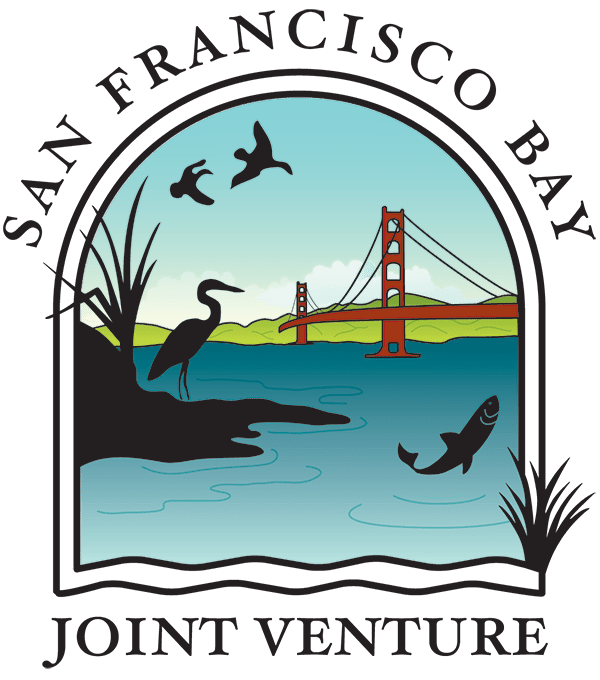It has been five years since property-owners in the nine county Bay Area started paying $12/year toward the first-ever, region-wide parcel tax known as Measure AA, or the San Francisco Bay Clean Water, Pollution Prevention and Habitat Restoration Measure. For twenty years the tax annually raises approximately $25 million in funds. This money is distributed by the San Francisco Bay Restoration Authority (a.k.a. – SFBRA or Authority) through grants dedicated to restoring wildlife habitat and other associated improvements to water quality and increased public access along the shoreline.
Thanks to this kind of support from taxpayers and the work of the Authority, as of July 2021, 28 projects had received over 116 million dollars and the program is on track for keeping true to its mission. The 2020-21 SFBRA annual report clearly lays out all of the funded projects through July by region, along with accompanying updates and summary descriptions. Another way to keep up with their progress is through a performance dashboard, hosted on the EcoAtlas.
To be eligible, projects may be any size, in any stage of development and include any of an expansive suite of Bay habitat types – from subtidal to baylands, transition zones to upland. Funding decisions are made at public meetings after careful review and based on staff recommendations. Among many other considerations, priority is given to projects that are consistent with the SFBJV Implementation plan.
As part of their work to improve equity, the Authority has created a Community Grants Program for economically disadvantaged communities which can be applied for on a rolling basis. On February 25th they awarded their third one, this time to Planting Justice and their project called “Bay Restoration: Youth Engagement and Service Learning in East Oakland Project.” The program will empower youth participants to develop a personal relationship with the watershed in which they live, through educational and hands-on content.
With every new RFP cycle, there are more proposal requests than the Authority can fund. Fortunately, this year there will be other ways for partners to secure project support thanks to both a handsome surplus in the CA state budget last year and an infusion of cash heading our way from the passage of the Infrastructure Investment and Jobs Act. Not enough is known yet about how much or when these funds will be available, but we hope to share more on this topic in a future Bulletin, so stay tuned.

